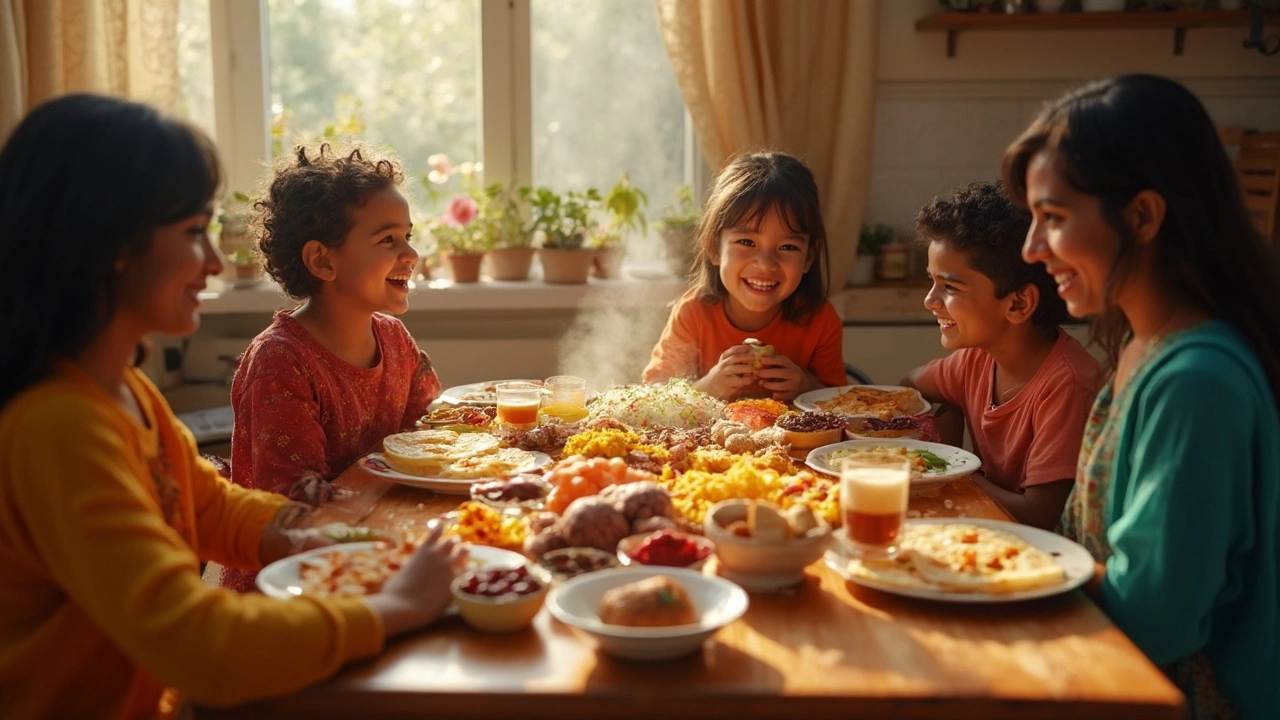Indian Food Habits: What People Really Eat Every Day
Ever wonder what a typical Indian household puts on the table? It’s not just biryani and samosas – there’s a whole rhythm to meals that varies by region, religion, and even the time of day. Let’s break down the basics so you can get a clear picture of Indian food habits without getting lost in the details.
Most Indian families start the day with something light but energizing. In the north, people often have paratha or poha, while in the south you’ll find idli, dosa, or upma. These dishes are quick to make, use locally‑available grains, and give a steady boost of carbs and protein. A cup of chai or coffee usually follows, adding a little caffeine kick.
Lunch is the real centerpiece. Across the country, the meal is built around a staple grain – rice in the south and east, wheat roti or chapati in the north and west. This grain is paired with a mix of vegetables, lentils, and a protein like chicken, fish, or paneer. The key is balance: a portion of carbs, a portion of protein, and plenty of veggies. Spices and herbs – turmeric, cumin, coriander, mustard seeds – give each dish its signature flavor without adding extra calories.
Why Certain Foods Stay Popular
Some foods stay on the menu because they’re cheap, easy to store, and taste great. Dal, the lentil stew, is a perfect example. It’s high in protein, works with any grain, and can be spiced up in countless ways. That’s why you’ll see people across India shouting, “Dal is life!”
Street food also shapes daily habits. Snacks like chaat, vada pav, or pani puri are not just weekend treats – they’re quick meals for busy commuters. These bites are portable, cheap, and packed with bold flavors that keep you satisfied until the next full meal.
Health‑Focused Trends in Indian Kitchens
Today, more Indians are watching what they eat. You’ll notice a rise in low‑oil cooking, use of millets instead of refined rice, and swapping deep‑fried snacks for baked versions. Articles on our site, such as “Best Indian Curries for Weight Loss” and “Healthiest Indian Food to Order,” highlight how traditional recipes can be tweaked to stay nutritious.
Religious and cultural beliefs also guide food choices. Hindus often avoid pork, Muslims may skip pork and beef, and many vegetarians follow a plant‑based diet for spiritual reasons. Understanding these habits helps you respect the food culture and make smarter menu decisions.
In short, Indian food habits blend comfort, convenience, and culture. Whether you’re cooking at home, ordering delivery, or grabbing a street snack, the choices are rooted in centuries of tradition but are constantly evolving with health trends. Keep these basics in mind and you’ll be able to navigate Indian meals with confidence – and maybe even surprise yourself with a new favorite dish.
Most Eaten Indian Food: Quick Breakfast Winners in India
Wondering what most people in India actually eat for breakfast? Dive into the everyday breakfast choices you’ll spot in countless Indian homes. Discover what makes these dishes so popular, from their taste to how easy they are to whip up on busy mornings. Get tips for making these morning classics fast and tasty. Find out which breakfast food truly wins the popularity race across the country.
